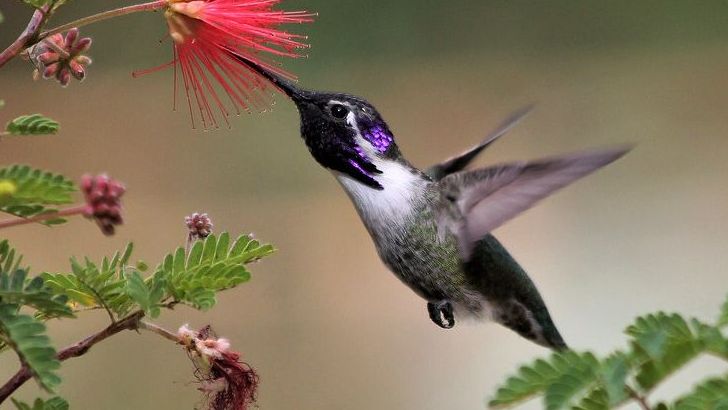You’ve got the perfect hummingbird feeder, the reddest flowers money can buy, and you’re wondering why these tiny speedsters aren’t turning your garden into their personal highway. Here’s the kicker – you’re missing out on the weird stuff that really gets them going. While most people obsess over sugar water ratios and flower colors, hummingbirds have some seriously strange preferences that’ll blow your mind. These aren’t your typical gardening tips, and honestly, some of them might make you look at these tiny birds completely differently. Check out these 11 hummingbird secrets to make your garden a hummingbird paradise.
Spider Web Collection Sessions That Put Halloween Decorators to Shame
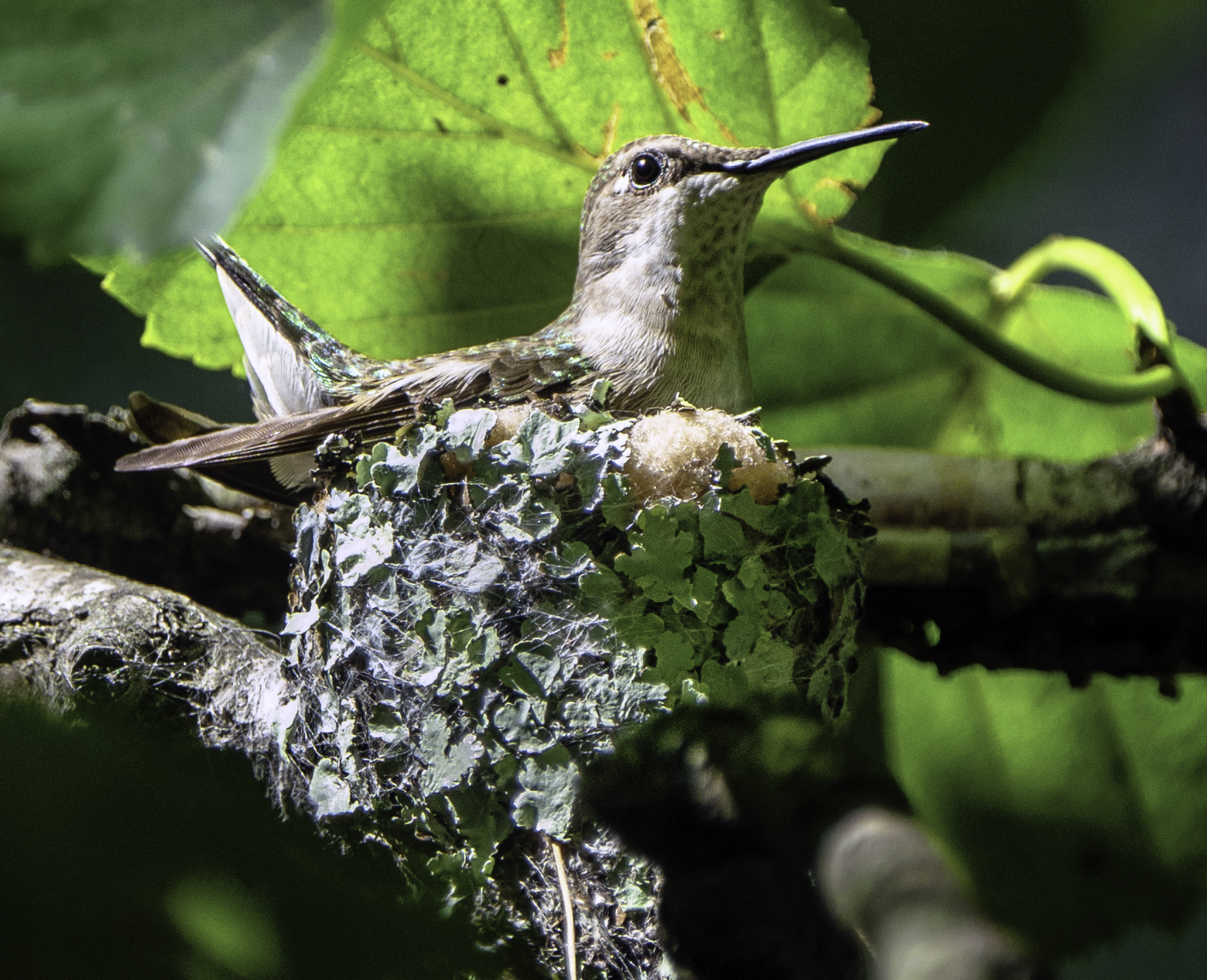
Most gardeners wage war against spider webs, armed with brooms and spray bottles like they’re fighting some eight-legged apocalypse. But here’s what’ll knock your socks off: hummingbirds use spider webs as a crucial component in building their nests, using the sticky spider webs to help bind the nest materials together. These tiny architects aren’t just casually picking up a strand here and there – they’re actively hunting for the good stuff.
Hummingbirds prefer gathering certain types of spider webs, specifically cribellate silk produced with a specialized comb-like organ that creates thousands of nano-scale silk fibers that stick together electrostatically. The female gathers spider webs in her beak, with a kind of sweeping motion of her body. So next time you see a cobweb in your garden corner, think twice before destroying it – you might be demolishing a hummingbird’s dream home material.
Hanging Upside Down Like Tiny Bat Impersonators
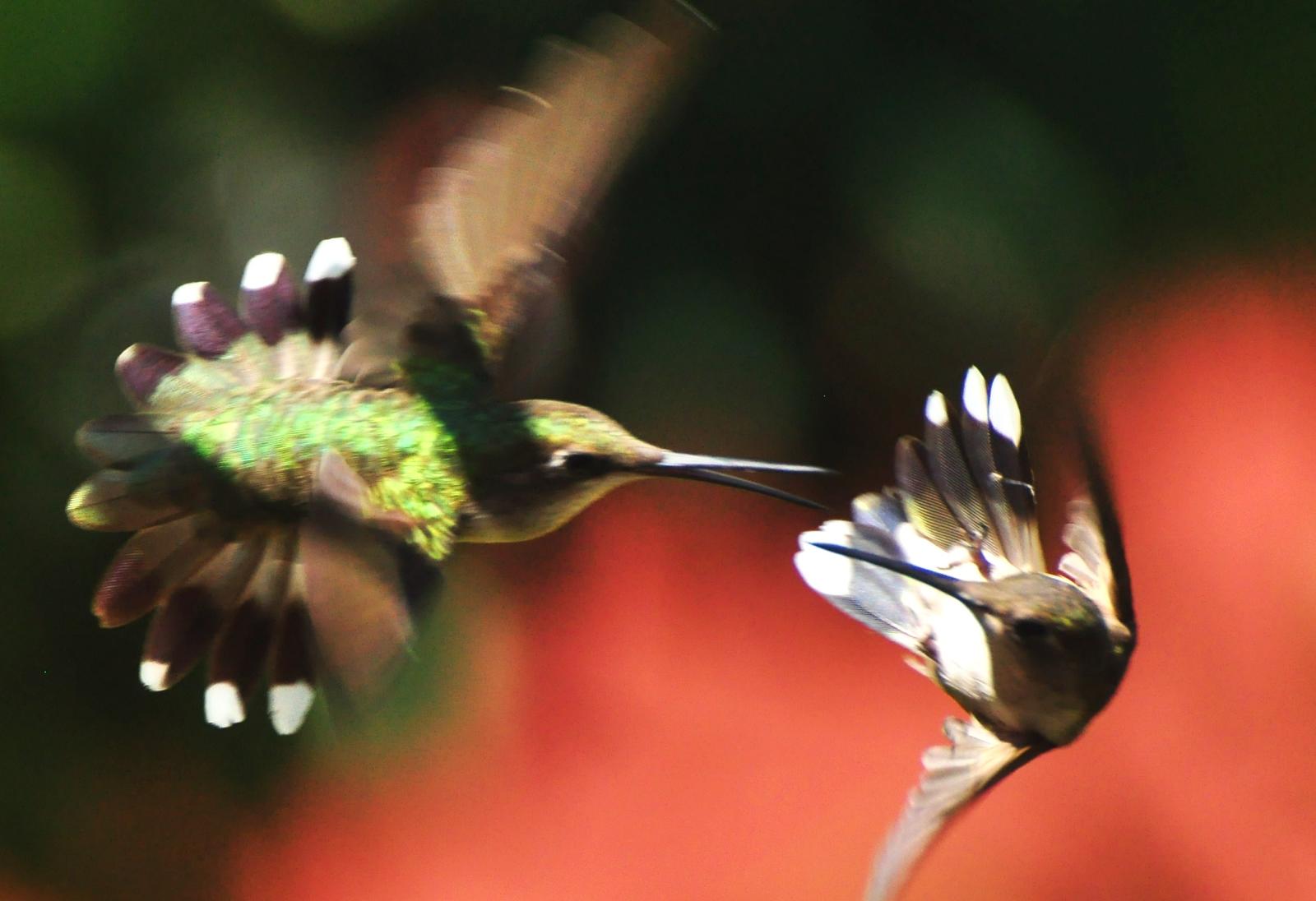
If you’ve ever spotted a hummingbird dangling upside down from your feeder and thought it was dead, welcome to the club of people who discovered one of nature’s weirdest survival tricks. A female hummingbird can land on the feeder, slowly lean back and eventually end up upside down, ignoring other birds and flying away after a few minutes. This isn’t a death scene from a bird drama – it’s actually them catching some serious Z’s.
This odd behavior happens because hummingbirds have weak feet and extreme variations in energy levels, entering torpor to conserve energy, sometimes during the day, and when sitting their feet automatically clamp down but on smooth perches they may slip and wind up hanging upside down. Although hummers often go into torpor in an upright position, they have delicate feet and sometimes slip so they hang upside down, which won’t harm them and they find their power nap just as restorative.
Morning Glory Vine Obsessions That Border on Stalking

While you’re busy planting those classic red trumpet flowers, hummingbirds might be secretly obsessing over something way more common in your garden. One bird often sits near a morning glory vine and seems to probe various parts of the plant with its bill, and they feed at morning glory as one of their primary nectar sources. It’s like they’ve discovered the botanical equivalent of comfort food.
The hummingbird often sits near a morning glory vine and seems to probe the various parts of the plant with its bill as if checking for something. They’re not just grabbing a quick sip and moving on – they’re conducting full investigations of these twisty vines. Morning glories might look simple to us, but to a hummingbird, they’re apparently the neighborhood’s hottest restaurant with constantly changing menu specials.
Bill-Wiping Rituals That Are Part Hygiene, Part Drama

Ever caught a hummingbird rubbing its beak against your fence, a branch, or pretty much anything solid? You might think it’s just cleaning up after a messy meal, but there’s way more going on here. Bill-wiping serves several functions, most importantly keeping the bill clean, and in hummingbirds it keeps pollen from caking up on the bill and removes excess nectar or sugar water that might develop mold.
But here’s where it gets really interesting – bill-wiping is also a displacement activity that birds do when they don’t know what else to do after unusual experiences, and it may displace more violent interactions during territorial disputes, similar to how irritated bulls paw the ground instead of charging. So that innocent-looking beak cleaning session might actually be a hummingbird’s version of counting to ten before starting a fight.
Fuzzy Plant Material Hoarding for Ultimate Nest Comfort

You know those fuzzy, soft plants you might consider weeds or just ignore completely? Hummingbirds are absolutely crazy about them, and for good reason. Hummingbirds usually line their nests with soft plant fibers, with favorites being cinnamon fern which has a fuzzy stem, pussy willow, thistle and dandelion as favorite nest-building materials. They’re not just randomly grabbing whatever’s available – they’re shopping for premium bedding.
Hummingbirds choose soft fluffy fibers from plants like lamb’s ear which forms dense, ground-hugging rosettes of thick, soft, woolly leaves, and they find the silken plumes of ornamental grasses useful, along with plants that have seed heads or pods that transform into fuzzy balls of soft fiber. Think of them as tiny interior designers with very specific preferences for thread count and texture.
Insect Hunting Expeditions From Spider Web Buffets

Here’s something that’ll completely change how you see hummingbird dining habits: they’re not just nectar sippers, they’re active predators. Many small insect-eating birds steal entangled insects from spider webs, and it’s common to observe hummingbirds plucking trapped insects from webs. Imagine a hummingbird as a tiny customer at an all-you-can-eat bug buffet where someone else does all the catching.
Hummingbirds do eat insects but don’t specialize in any particular kind, taking what they can get by plucking flies from the air or gleaning spiders from their webs, and because of their size they usually stick to smaller insects like mosquitoes. Bugs make up a large part of their diet, especially during nesting season, with gnats, flies, mosquitoes, and spiders providing essential protein. So those spider webs aren’t just construction material – they’re also takeout restaurants.
Overripe Fruit Juice Bar Discoveries
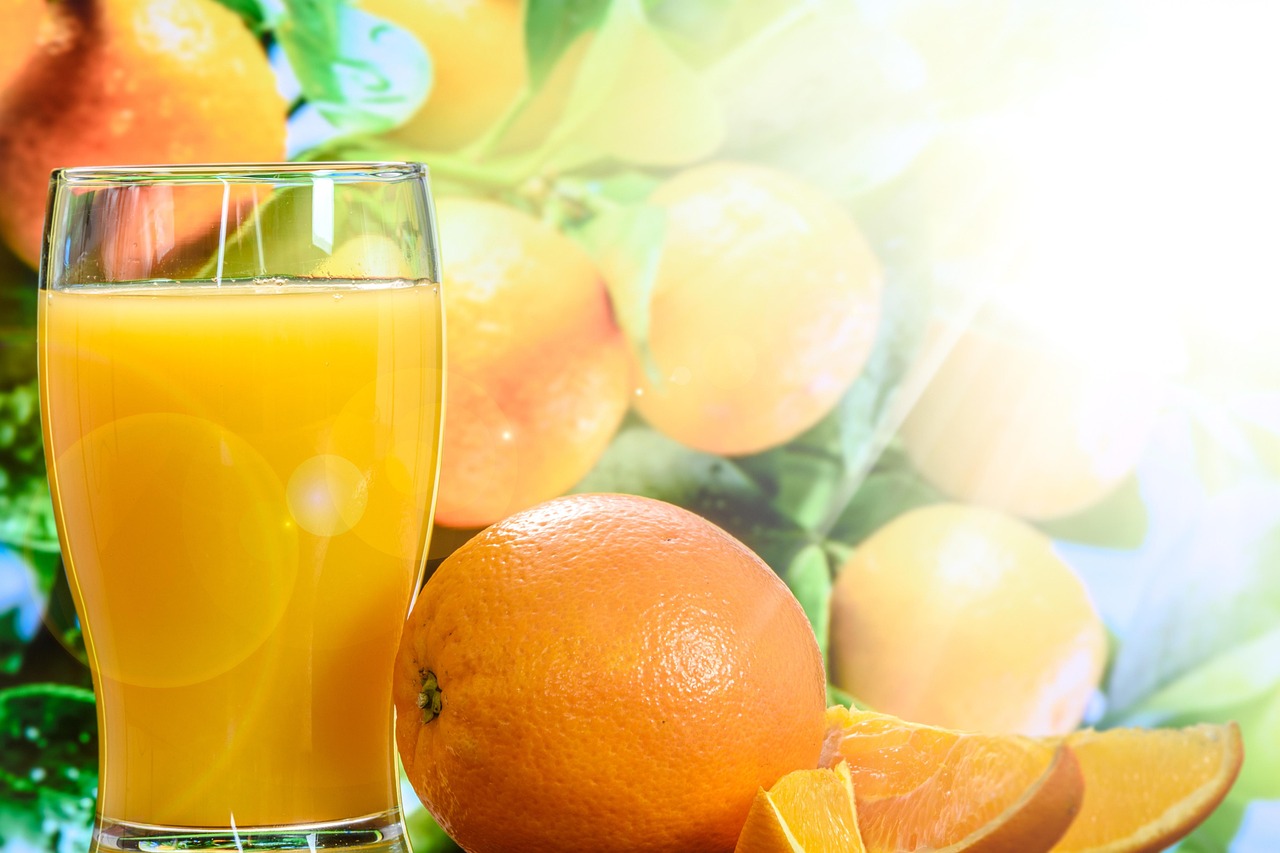
While you’re tossing those mushy peaches and split tomatoes into the compost, hummingbirds are eyeing them like they’ve discovered liquid gold. Hummingbirds can take advantage of fruit juices, being more than happy to lap up juice spilling from split or overripe fruit, though nectar remains their preferred sugary liquid. Your fruit failures are their five-star dining experiences.
You can even try to bring in more fruit flies by putting out overripe bananas or other fruit. It’s like setting up a hummingbird happy hour where the drinks are free and the entertainment comes with built-in protein snacks. That brown banana you were about to chuck? It might be exactly what a hummingbird ordered for dessert.
Tree Sap Following Behavior That’s Borderline Creepy

Get ready for this plot twist: hummingbirds are basically tiny tree vampires with a sweet tooth. Hummingbirds sometimes arrive in northern nesting grounds before flowers bloom, and they find energy in tree sap by following sapsuckers around and drinking sap from holes drilled in trees like maple, birch, and hickory. They’re not just opportunistic – they’re strategic sap stalkers.
Sap is eaten by a wide range of animal species, and hummingbirds take advantage of fresh sap seeping from tree wounds. Picture a hummingbird literally following a sapsucker around like a tiny, iridescent groupie, waiting for the woodpecker to do all the hard work of drilling holes. It’s nature’s version of getting VIP access to the best bars in town.
Ash and Sand Consumption That Sounds Completely Nuts

This one’s going to sound absolutely bizarre, but stick with me because it gets weirder before it makes sense. Surprisingly, hummingbirds have been seen consuming small amounts of ash or sand, which isn’t unusual in the bird kingdom as species like macaws eat clay, and this behavior is usually to get hold of minerals and salts that are uncommon in their normal diet. Yes, you read that right – these tiny birds are basically taking mineral supplements in the most hardcore way possible.
Think about it: when you’re burning through calories at the rate hummingbirds do, you need every mineral and trace element you can get your tiny beak on. That ash from your fireplace or those sandy patches in your garden aren’t just debris to them – they’re essential nutrition sources that most gardeners would never think to consider as hummingbird attractants.
Perch-Based Territory Surveillance Like Feathered Security Guards
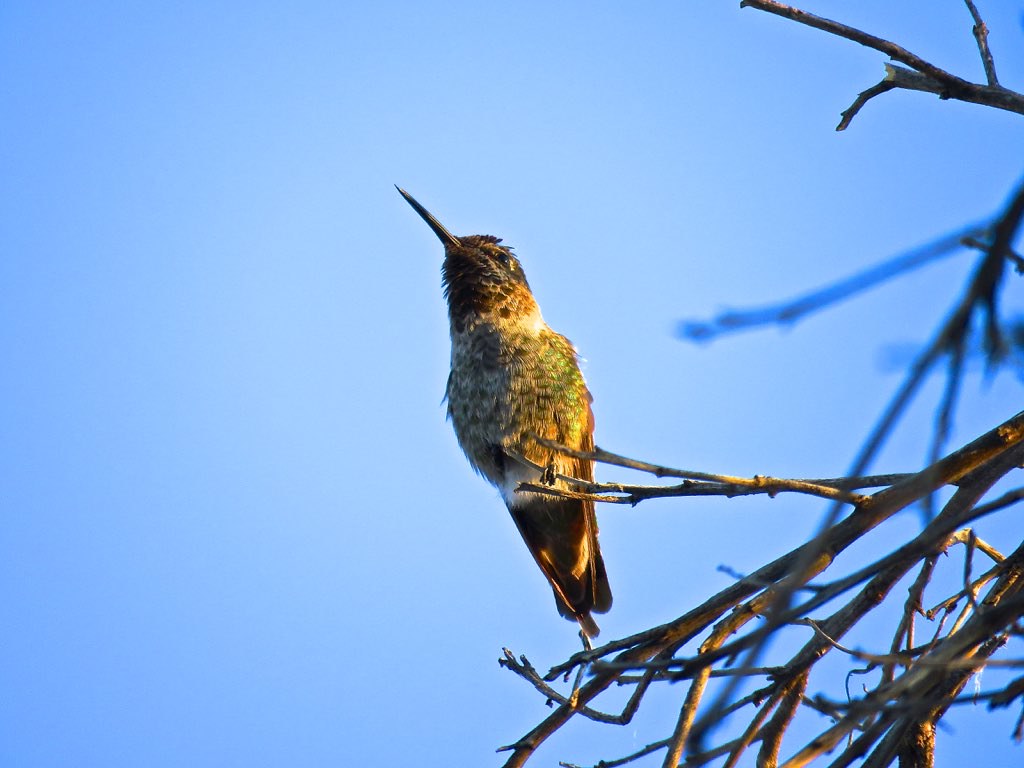
Ever notice how hummingbirds seem to have favorite spots where they just sit and watch everything? Hummingbirds need plenty of safe places to rest and sleep, with some spots in the open and obvious for territorial birds to survey their territory, while others should be in protected areas hidden from view. They’re not just resting – they’re running surveillance operations from their tiny command posts.
When not fighting, hummingbirds often settle on a favorite perch that can change daily and tend to self-maintenance issues. Males have different behavior, often perching higher so they can watch for rivals and visit feeders only briefly, while females spend longer time at feeders while facing demands of raising young. It’s like having tiny, iridescent neighborhood watch coordinators who take their jobs very seriously and change their guard stations based on daily security assessments.
Lichen and Moss Camouflage Artistry That Puts Military Experts to Shame

The final secret that’ll make you look at hummingbird nests completely differently: these birds are master camouflage artists. Female hummingbirds spend several days gathering spiderwebs and soft plant parts to build their tiny cup-shaped nest, and when nearly finished, they adorn the outside with bits of gray-green lichen that camouflage the nest. They’re not just building homes – they’re creating invisible masterpieces.
Because hummingbird nests are adorned with compacted green lichen, moss, and spider silk, they can appear like small knots of wood, with shape and coloring working as camouflage to keep eggs and chicks safe. Ruby-throated hummingbird females attach their nests with spider silk to a small twig and cover the outside with greenish-gray lichens. Imagine being so good at interior decorating that your home becomes completely invisible to predators – that’s hummingbird-level craftsmanship right there.
Conclusion
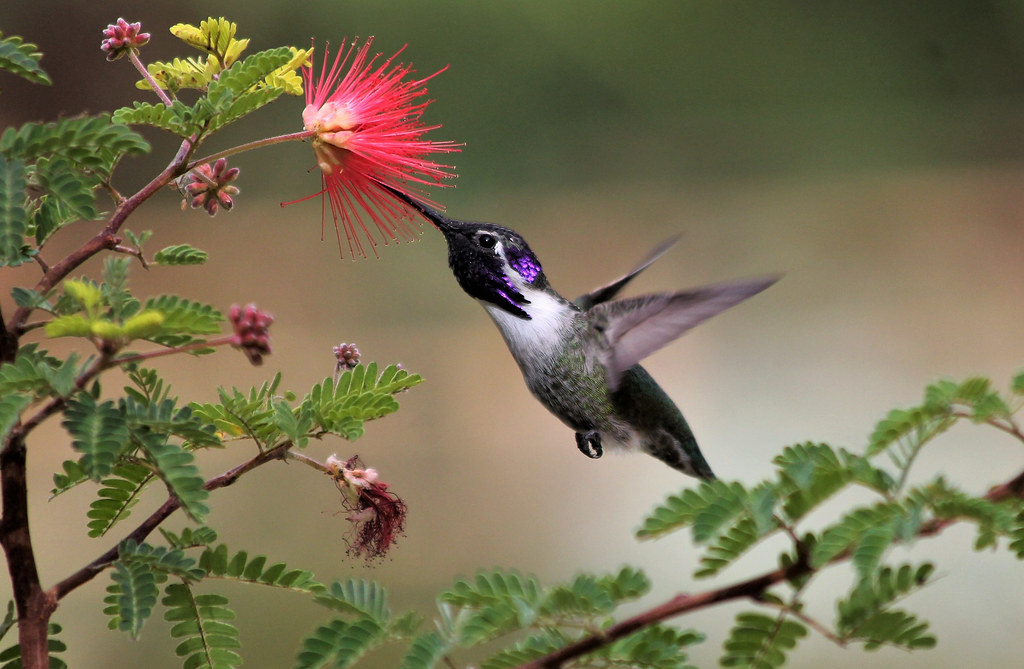
Who knew these tiny speed demons had such bizarre and fascinating secrets hidden in plain sight? From their spider web shopping sprees to their upside-down power naps, hummingbirds are way weirder and more interesting than most people realize. The next time you’re planning your garden, maybe skip the expensive specialty plants and focus on letting those spider webs stick around, tossing some overripe fruit in a corner, or simply appreciating the lichen growing on your trees. Sometimes the best way to attract wildlife isn’t about adding more stuff to your yard – it’s about understanding the strange things they actually want that we usually ignore or throw away.
Did you expect that these tiny birds would turn out to be such quirky little characters with such specific and unusual preferences?
- 11 Bizarre Things Hummingbirds Secretly Love (But Most Gardeners Ignore) - August 20, 2025
- 25 Habits That Secretly Shorten Your Life - August 20, 2025
- 21 Dog Breeds Insurance Companies Don’t Want to Cover - August 20, 2025

